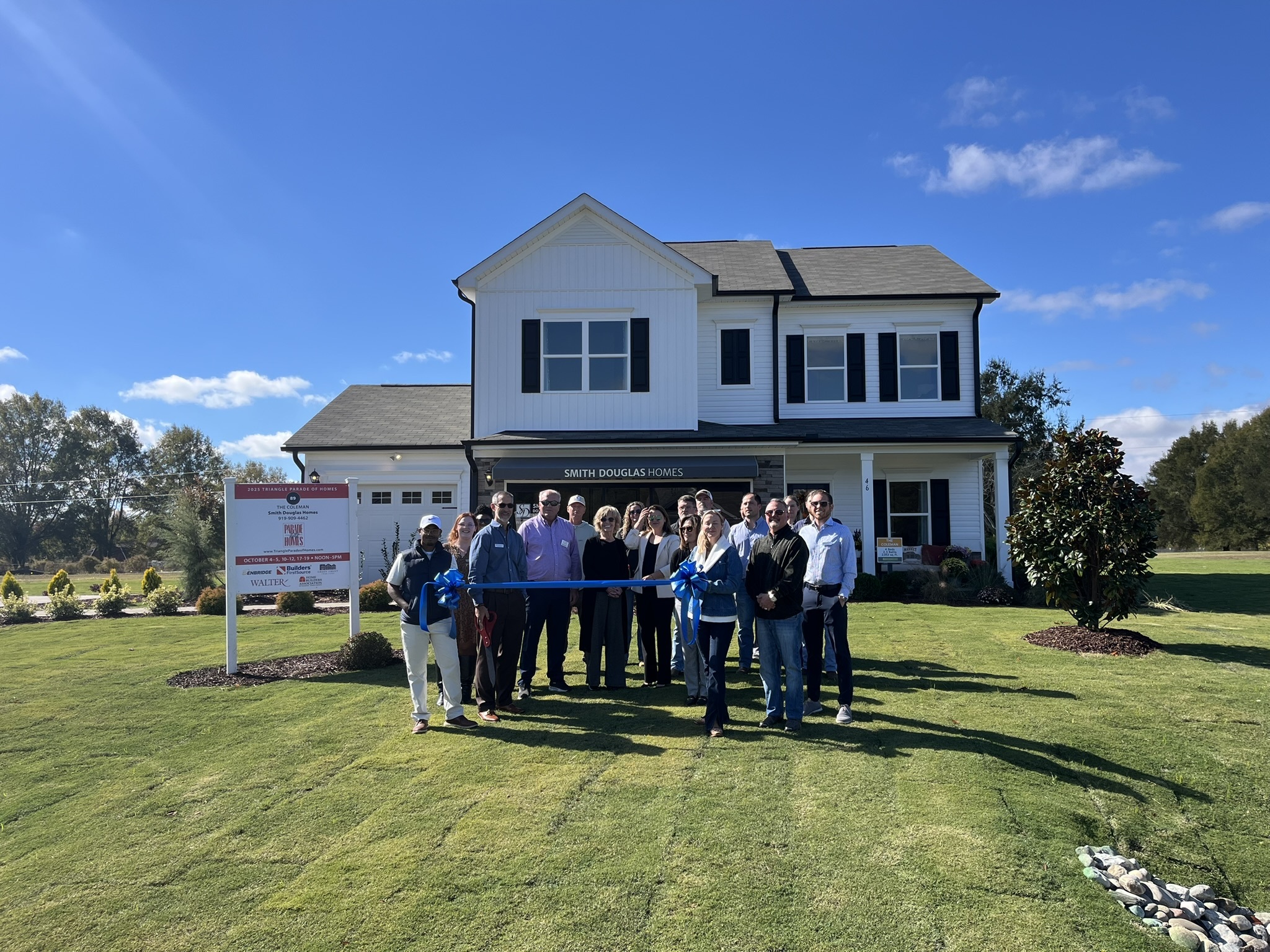Recent talk surrounding the housing market has included questions on the demand from homebuyers, increased costs and the effects of the demand on homebuilders; however, in recent research from the Kenan Institute of Private Enterprise, a partner of the UNC Kenan-Flagler Business School, residential real estate is about to see a boom of a different kind.
The new report comes from expert Jim Johnson, William R. Kenan Jr. Distinguished Professor of Strategy and Entrepreneurship and Director of the Urban Investment Strategies Center. In the research, entitled, “Real Estate Alert! Gale Force Demographic Wind Gusts Ahead,” Johnson details how “demographic disruptors” could impact the growth and demand in the residential real estate industry.
While much of the data in the report is dated before the pandemic, it shows steady trends throughout the state since the 1990s and is the most current data available publicly.
According to the report, newcomers from other states have caused a 3.9 million person population increase since 1990; now, North Carolina is seeing an average net influx of 150 people per day arriving in the state.
Some of the changes in population stem from moves during the pandemic; the study also indicates that North Carolina has been attractive to international immigrants as well.
“In 2018, North Carolina’s immigrant population was enumerated at slightly over 824,000, representing a 616% (709,000) increase over the state’s foreign-born population in 1990 (115,000),” the research said.
The Decennial Census and American Community Survey show that, with a rise in immigration to North Carolina, the state has become more diversified. Johnson said that this influx of nativity, race and ethnicity diversity is referred to as the “browning” of the Tarheel state, as the hispanic population has grown by 1197 percent since 1990 and the Asian population has grown by 517 percent.
The research also indicates that newcomers to the state who are “newcomers 55 and older — many of whom are retirees contributing to the ‘graying’ of The Old North State — are generating the largest migration dividend.”
The latest data available from the IRS is from 2017-2018. It shows “the per-capita adjusted gross income of the typical newcomer Boomer household ($63,546) was $7,000 higher than the per-capita adjusted gross income of the typical outmigrant Boomer household ($56,968) and $15,000 higher than the per capita adjusted gross income of the typical nonmigrant Boomer household ($48,251),” Johnson writes.
Johnson explains that the higher incomes of migrants to the area, because of demand, have driven the costs of living up in some counties. The seven-county coverage area of GFBJ did not fall under the list of “growth magnet” counties in the state for migration; but seeing as how population of growth and cost of living have increased in neighboring counties, one could reasonably expect more migration to be a potential outcome for other counties in the state.
In fact, Johnson explains that the “accelerated cost of living” has affected some to the point of causing “this wealthier newcomer-induced dislocation of long -term residents— an unintended consequence of the population boom.”
“More affordable workforce housing, workforce development policies that eliminate barriers to economic participation, and more inclusive contracting and procurement practices from local government and anchor employers,” Johnson said, “are among the ‘equity tools’ proposed to ensure that all residents share in the benefits of the population boom.”
Other factors that Johnson took into consideration in his research include the opioid crisis and fertility rates.
As a consequence of all of the aforementioned factors, North Carolina can expect to see massive changes in demographics over the next few years that will impact both the workforce and the homebuying population.
“For the real estate industry,” Johnson writes, “filling vacancies created by the ongoing wave of Boomer retirements combined with the growing demand for more diverse talent within the sector may prove to be a major challenge, not to mention existing labor shortages in the construction trades which also will likely worsen. The demographic gale force winds also will affect consumer markets for goods and services, including the demand for all types of residential and commercial real estate.”
The North Carolina State Center for Health Statistics vital statistics for each county are available through 2019, which further indicate the growth, decline or stability of each county. The data showed the following:
CUMBERLAND: births exceed deaths
HARNETT: births exceed deaths
HOKE: births exceed deaths
SAMPSON: births exceed deaths
BLADEN: deaths exceed births
ROBESON: births exceed deaths
MOORE: deaths exceed births
For now, the residential real estate market continues to boom. Longleaf Pine Realtors MLS statistics show the current state of the market locally.
SEPTEMBER 2021
Existing Homes Total closed: 1,040
Total value: $223,256,981
Average price: $214,670
New Homes
Total closed: 117
Total value: $34,278,765
Average price: $292,98
AUGUST 2021
Existing homes
Total closed: 1,014
Total value: $228,500,561
Average price: $225,974
New Homes
Total closed: 109
Total value: $31,334,237
Average price: $287,470
SEPTEMBER 2020
Existing Homes Total closed: 846
Total value: $160,250,520
Average price: $189,421
New Homes
Total closed: 114
Total value: $31,859,662
Average price: $279,471

Smith Douglas Homes has launched its notable development called Cape Overlook, a 63.95-acre subdivision situated on the Cape Fear River near Wildlife Road.

Walsingham Group Inc., an organization federally recognized for its efforts and emphasis on hiring Veterans is partnering with local and national organizations to recruit, hire and retain Veteran talent. Photo generated using Canva AI.Walsingham Grou

Costumed actors will roam the streets, carriage rides will guide visitors throughout and the traditional candlelight processional and illumination ceremony will be included at this year’s A Dickens Holiday. Photo provided by A Dickens Holiday, taken